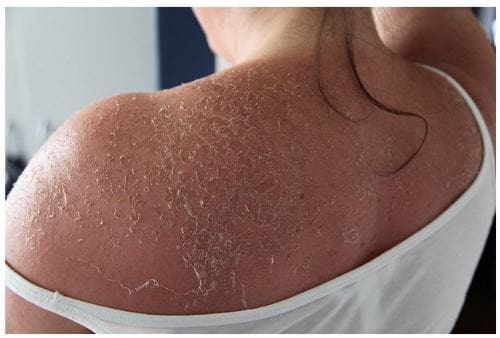The results of a 2007 survey by the American Academy of Dermatology (AAD) suggest that Chicago residents need to brush up on their sun safety knowledge.
The AAD asked people from 31 U.S. cities to answer basic questions about sun safety. Out of all 31 cities surveyed, Chicago residents answered the fewest questions correctly.
More than 40 percent of the Chicago residents surveyed believe that the city’s climate, especially its short summers, limits the dangerous effects of sun exposure. “Research shows that ultraviolet (UV) rays can pass through clouds and reflect off surfaces including water and snow,” said surgical oncologist Gianluca Lazzaro, MD, PhD, of Advocate South Suburban Hospital in Hazel Crest. “Area residents need to educate themselves about the risks associated with sun exposure and skin cancers, particularly melanoma.”
According to the Centers for Disease Control and Prevention (CDC) skin cancer is the most common cancer in the United States. Melanoma accounts for approximately 75 percent of all skin cancer deaths.
Fair skin, light hair and eyes, a family history of skin cancer and an abundance of moles are major risk factors. “While Caucasian people have the greatest risk of developing skin cancer, no one is safe, regardless of skin type,” says Dr. Lazzaro.
Learning how to recognize melanoma is extremely important in successfully treating the disease. The AAD recommends using the ABCD rule to spot potentially dangerous moles: asymmetry (one half does not match the other); border irregularity (the edges are blurred or uneven); color (the color is not solid and it appears to be brown, tan or black with hints of red, white and blue); and diameter (most melanomas are larger than 6mm in diameter). “Self-examination is necessary for identifying possible skin cancer dangers,” says Dr. Lazzaro. “The importance of early detection cannot be overemphasized.”
Although skin cancer is a serious threat, limiting sun exposure and protecting your skin from sun damage can aid in prevention. Using sunscreen with a sun protection factor (SPF) of at least 15 on a regular basis is essential. “Sunscreen must be broad-spectrum, protecting from both UVA and UVB rays,” says Dr. Lazzaro. The AAD recommends generously applying sunscreen 20 minutes before sun exposure and reapplying it after every two hours of outdoor activity.
Those who want to prevent melanoma or other forms of skin cancer must turn knowledge into action. “People need to use their knowledge about skin cancer to make lifestyle changes that will protect their skin,” says Dr. Lazzaro. “Consistently using sunscreen and avoiding heavy sun exposure drastically reduces the chance of suffering long-term damage.”
About the Author
Bryan Horner was a summer intern in the communications and government relations department at Advocate South Suburban Hospital. He is a senior at Bob Jones University in Greenville, South Carolina.
To contact or make an appointment with Dr. Lazzaro or another Advocate South Suburban Hospital physician, call 1-800-3-ADVOCATE (1-800-323-8622).



Comments